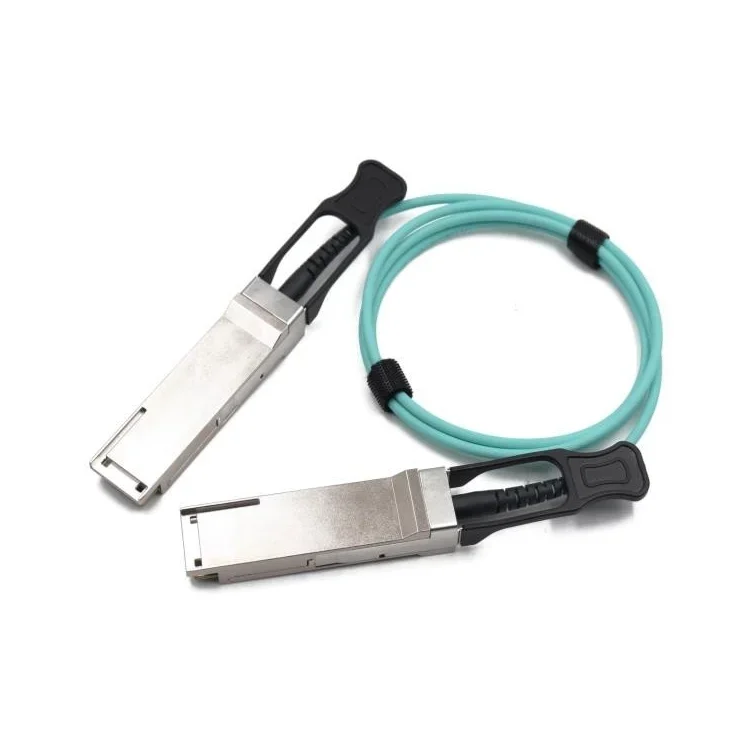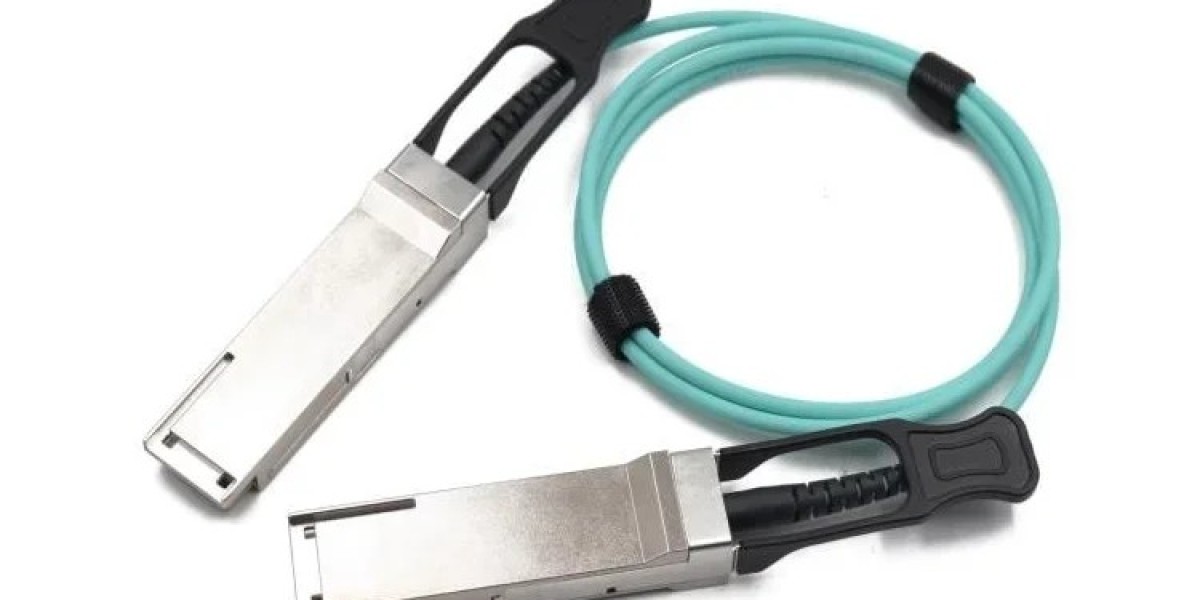As a vital component of optical fiber communication systems, optical modules play a key role in photoelectric conversion. In this article, we will introduce the core components of optical modules and their role in optical communication systems.

First, let's talk about TOSA (Optical Emission Sub-Module). The main function of TOSA is to convert electrical signals into optical signals, including lasers, MPD (modulation preamplifier), TEC (temperature controller), isolators, MUX (multiplexer), coupling lenses and other devices. In optical modules used in data centers, TEC, MPD, and isolators are not necessary in order to reduce costs. In addition, the LDD (laser diode driver) of some optical modules is also packaged in TOSA. In the chip manufacturing process, the wafer is epitaxially made into a laser diode, and then matched with components such as filters and metal covers, and packaged into a TO can (Transmitter Outline can). This TO can is then packaged with ceramic sleeves and other components into Photonic modules (OSA), finally combined with electronic submodules.
Secondly, we want to mention LDD (Laser Diode Driver). The function of LDD is to convert the output signal of CDR (clock and data recovery) into the corresponding modulation signal, thereby driving the laser to emit light. Different types of lasers require different types of LDD chips. In short-distance multi-mode optical modules, generally speaking, CDR and LDD will be integrated on the same chip.
Next is ROSA (optical receiving sub-module). The main function of ROSA is to convert optical signals into electrical signals. The built-in devices mainly include PD (photodiode)/APD (avalanche photodiode), DeMux (demultiplexer), coupling components, etc. PD is usually used for short-distance and medium-distance optical modules, while APD is mainly used for long-distance optical modules.
In addition, there are CDR (clock and data recovery) chips, whose function is to extract the clock signal from the input signal and find the phase relationship between the clock signal and the data. Simply put, it is to recover the clock. At the same time, CDR can also compensate for signal losses on wiring and connectors. Most optical modules for high-speed and long-distance transmission use CDR chips.
In addition, a TIA (Transimpedance Amplifier) is used with the detector to convert the optical signal into a current signal and amplify it into a voltage signal of a certain amplitude. In optical communication systems, PIN-TIA optical receiver is a commonly used detection device that can convert weak optical signals into electrical signals and amplify them into signals with a certain intensity and low noise.
Finally, there is the LA (limiting amplifier), which processes the output amplitude of the TIA into a stable voltage signal to provide stable voltage for the CDR and decision circuit signals. In high-speed modules, LA is usually integrated with TIA or CDR.
To sum up, the core components of the optical module include TOSA, LDD, ROSA, CDR, TIA, LA and MCU. According to different scenarios and needs, it is crucial to select and use different types of optical modules, especially the type and modulation method of the laser according to the transmission rate, transmission distance and different wavelengths. These core components together form an optical module, which provides important support for the stable operation and efficient transmission of optical communication systems.
https://www.fineconnco.com/Core-components-of-optical-modules-and-their-role-in-optical-communication-syste.html








